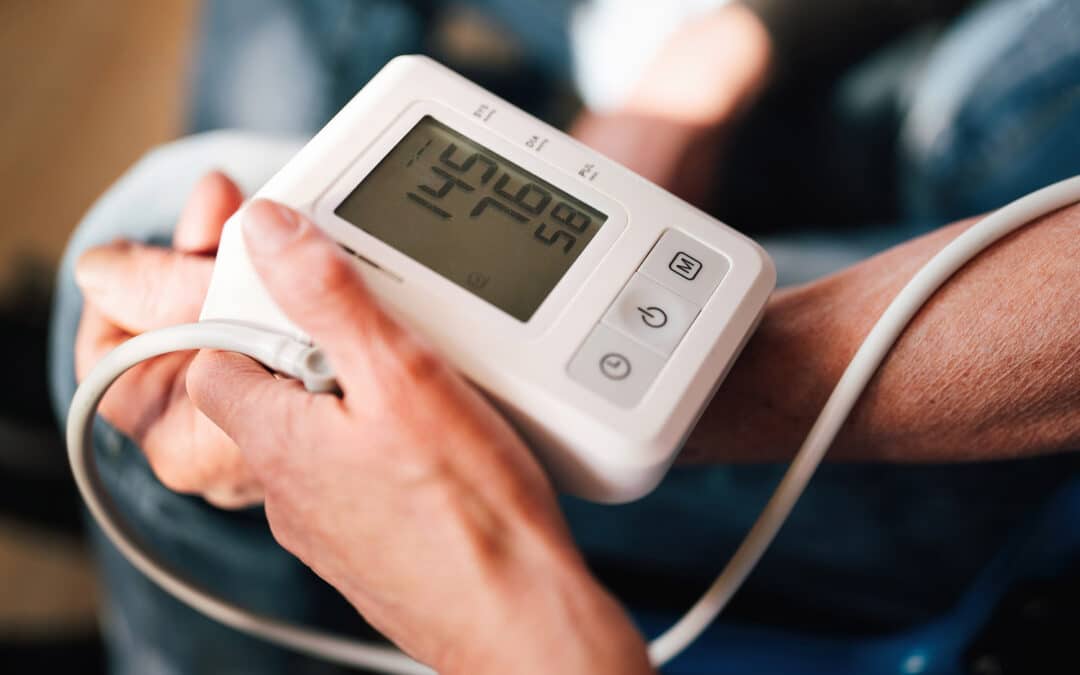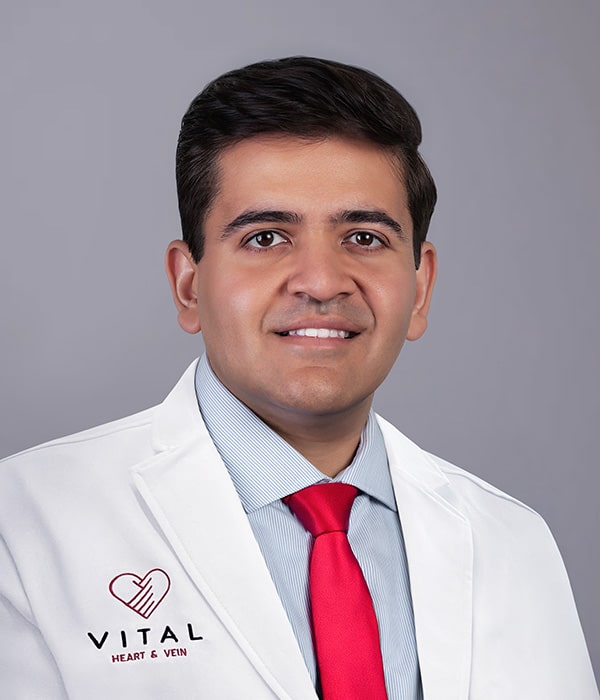Understanding the differences between cardiac arrest and a heart attack can be challenging. Both conditions are severe and require immediate medical attention. However, they are not the same.
A heart attack occurs when blood flow to a part of the heart is blocked. This is usually due to a buildup of plaque in the arteries. The heart muscle is starved of oxygen and begins to die.
On the other hand, cardiac arrest occurs when the heart malfunctions and stops beating unexpectedly. This is usually due to an electrical problem within the heart. When this happens, blood stops flowing to the brain and other vital organs.
In this article, we will delve into the key differences between these two conditions. We will discuss their symptoms, causes, and treatments. We aim to provide a clear understanding of these conditions.
Understanding Cardiac Arrest
Cardiac arrest is a life-threatening emergency that needs immediate attention. During cardiac arrest, the heart’s electrical system malfunctions. This leads to an abrupt loss of heart function.
This condition differs from a heart attack. A heart attack might trigger a cardiac arrest, but they are not the same. When cardiac arrest occurs, the heart stops pumping blood. As a result, the brain and other organs are deprived of oxygen. Without intervention, death can occur within minutes.
Unlike a heart attack, symptoms of cardiac arrest are sudden. The person may collapse without any warning signs. Immediate action is needed to improve survival rates.
Symptoms of Cardiac Arrest
Recognizing cardiac arrest symptoms quickly can save lives. Individuals might experience:
- Sudden collapse
- No pulse
- No breathing
- Loss of consciousness
These symptoms require immediate attention. Call emergency services right away. Time is of the essence to ensure the best possible outcome.
Causes of Cardiac Arrest
Cardiac arrest occurs due to various heart-related issues. A common cause is an arrhythmia or irregular heartbeat. This disrupts the heart’s electrical flow.
Heart attacks can also lead to cardiac arrest. They may trigger dangerous rhythms like ventricular fibrillation. Other heart conditions, such as cardiomyopathy, also raise the risk.
In some cases, severe trauma or blood loss can cause cardiac arrest. This highlights the need to understand potential risks. Early recognition and treatment are vital in reducing fatal outcomes.
Treatment and Emergency Response for Cardiac Arrest
Cardiac arrest treatment must start immediately. The first step is calling 911 or local emergency services. Quick action improves the chance of survival.
Perform CPR (cardiopulmonary resuscitation) until help arrives. This keeps blood flowing to vital organs. Use an AED (Automated External Defibrillator) if available. AEDs restore normal heart rhythm.
After stabilization, ongoing care is essential. Recovery may require additional treatments and monitoring. Understanding these steps helps improve outcomes and save lives.
Understanding Heart Attack
A heart attack is a medical emergency distinct from cardiac arrest. It occurs when blood flow to a part of the heart muscle is blocked, typically due to a buildup of fatty deposits. Prompt medical attention is crucial to minimize heart damage.
The interruption of blood flow causes the affected heart muscle to suffer and die if untreated. Unlike cardiac arrest, the heart often continues beating during a heart attack. However, insufficient blood flow can lead to severe complications.
Heart attacks may develop gradually or suddenly. Some people experience warning signs for days or even weeks. Others may have no symptoms until the heart attack occurs. Recognizing the signs and acting quickly is key to improving outcomes.
Symptoms of a Heart Attack
Symptoms of a heart attack can vary widely. Recognizing early signs can lead to quicker treatment. Common symptoms include:
- Chest pain or discomfort
- Shortness of breath
- Nausea or vomiting
- Fatigue
These symptoms may differ between men and women. Women are more likely to experience nausea and back pain. Therefore, being aware of subtle symptoms is essential.
Causes of a Heart Attack
Most heart attacks result from coronary artery disease (CAD). CAD involves the gradual buildup of plaque in artery walls. Over time, this plaque can rupture and form a blood clot.
The clot obstructs blood flow to the heart, causing a heart attack. High cholesterol, smoking, and high blood pressure increase the risk of CAD. Lifestyle choices often play a significant role in disease development.
Other causes include spasms of coronary arteries. These spasms reduce or halt blood flow to the heart. Having a family history of heart disease can also elevate the risk. Understanding these causes aids in prevention and early detection.
Treatment and Management of a Heart Attack
Immediate treatment for a heart attack is crucial, as quick action can save heart muscle and lives. Common treatments include medications and lifestyle changes; surgical procedures, such as angioplasty, may also be necessary.
Medications may include blood thinners, beta-blockers, or statins. Changes in diet and exercise are vital for long-term management. In some cases, surgery may be necessary to restore blood flow.
Cardiac rehabilitation programs support recovery by providing education and support for living with heart disease. Regular check-ups ensure that heart health is effectively monitored and managed.
Comparing Cardiac Arrest and Heart Attack
Cardiac arrest and heart attacks are critical emergencies yet significantly different. Cardiac arrest happens suddenly, often with no warning signs. It usually involves the heart ceasing to beat, disrupting blood flow to the brain and other organs.
In contrast, a heart attack occurs due to a blocked artery, which restricts blood flow but doesn’t necessarily halt the heartbeat. As a result, symptoms may develop gradually, unlike the abrupt onset of cardiac arrest.
Both conditions demand immediate medical attention. Prompt intervention is vital for survival and recovery. Yet, the treatments and immediate responses required differ significantly. Recognizing and differentiating these events can save lives.
Prevention and Risk Reduction
Preventing heart disease involves taking proactive measures. Understanding and managing risk factors is crucial. Early intervention can reduce the likelihood of both cardiac arrest and heart attacks.
Adopting healthier habits plays a significant role in maintaining overall well-being. Regular health check-ups are crucial for detecting issues early, allowing for timely intervention. Being informed about your personal risk factors is vital for proactive health management.
Here are some effective prevention strategies:
- Maintain a balanced diet.
- Exercise regularly.
- Avoid tobacco and limit alcohol.
- Manage stress effectively.
These steps contribute to overall heart health. Consequently, they reduce the risk of heart-related emergencies.
When to Seek Medical Help
Recognizing symptoms promptly is crucial for maintaining heart health. Do not ignore persistent chest pain or discomfort; seek immediate medical help to prevent worsening conditions.
Shortness of breath or sudden fatigue are also red flags. Seek medical attention without delay if these occur. Timely treatment can be lifesaving.
Regular check-ups are vital for ongoing heart health. Monitor symptoms and consult with healthcare providers. Early intervention often leads to better outcomes.
Keep Your Heart Healthy
It’s clear that both cardiac arrest and heart attacks are severe conditions related to heart health; however, they differ significantly in their causes, symptoms, and treatments. Recognizing these differences is essential for precise diagnosis and rapid treatment, and it highlights the critical need for maintaining robust heart health to avoid such critical situations.
Given the grave nature of both heart conditions, taking proactive steps towards a healthier heart cannot be overstated. Regular exercise, a balanced diet, avoiding harmful habits like smoking, and managing stress are all fundamental practices that contribute to heart health. However, despite the most diligent lifestyle, genetics and existing health conditions can still place individuals at risk.
This is where the expertise of professionals becomes invaluable. Contacting Vital Heart & Vein to schedule a visit with one of our cardiologists can make a significant difference in your heart health journey. Whether you’re seeking to prevent heart disease, address current health concerns, or look for rehabilitation post a heart-related event, Vital Heart & Vein offers comprehensive services to support your needs. Keeping your heart healthy is vital, and our team is here to guide you every step of the way.
Acknowledging the subtle yet significant distinction between a cardiac arrest and a heart attack brings us to a universal conclusion: your heart’s health must take precedence. In doing so, you lower your chances of facing such critical events and improve your general health. Should you have any worries or desire deeper insight into your heart health, know that Vital Heart & Vein stands ready to support you. Together, we can work towards a healthy heart for a fulfilling life.






